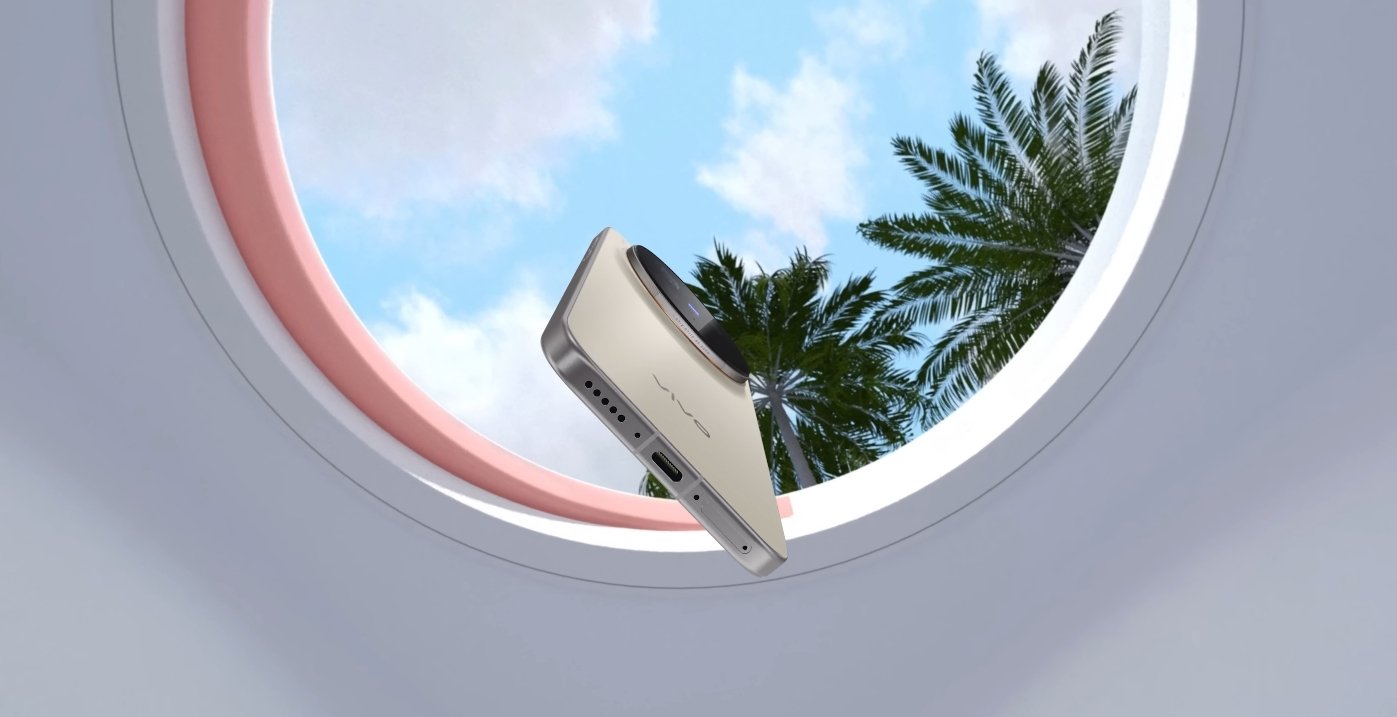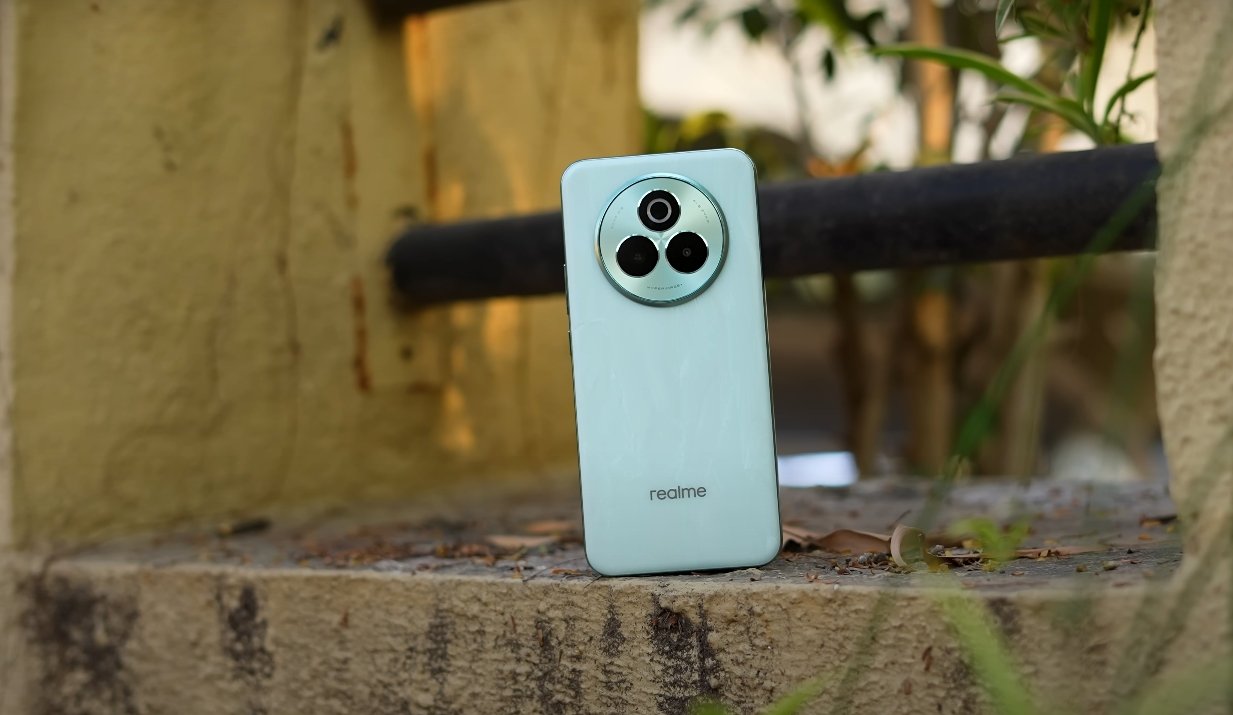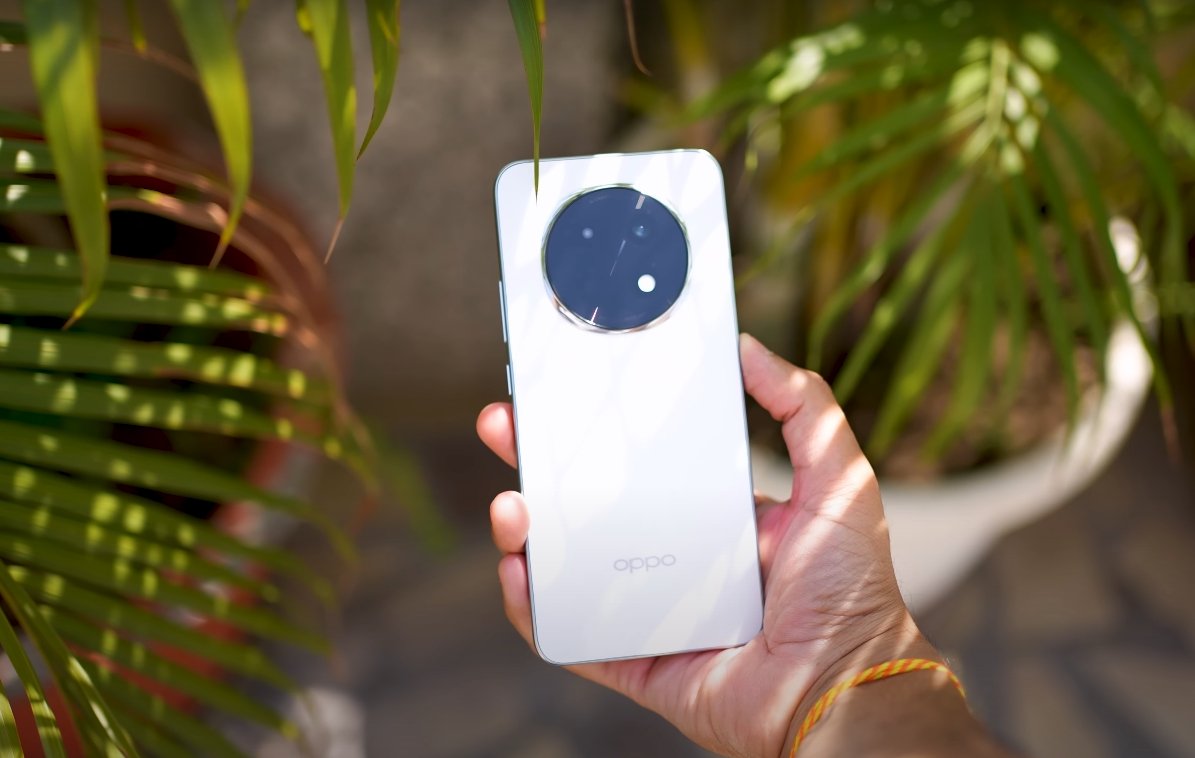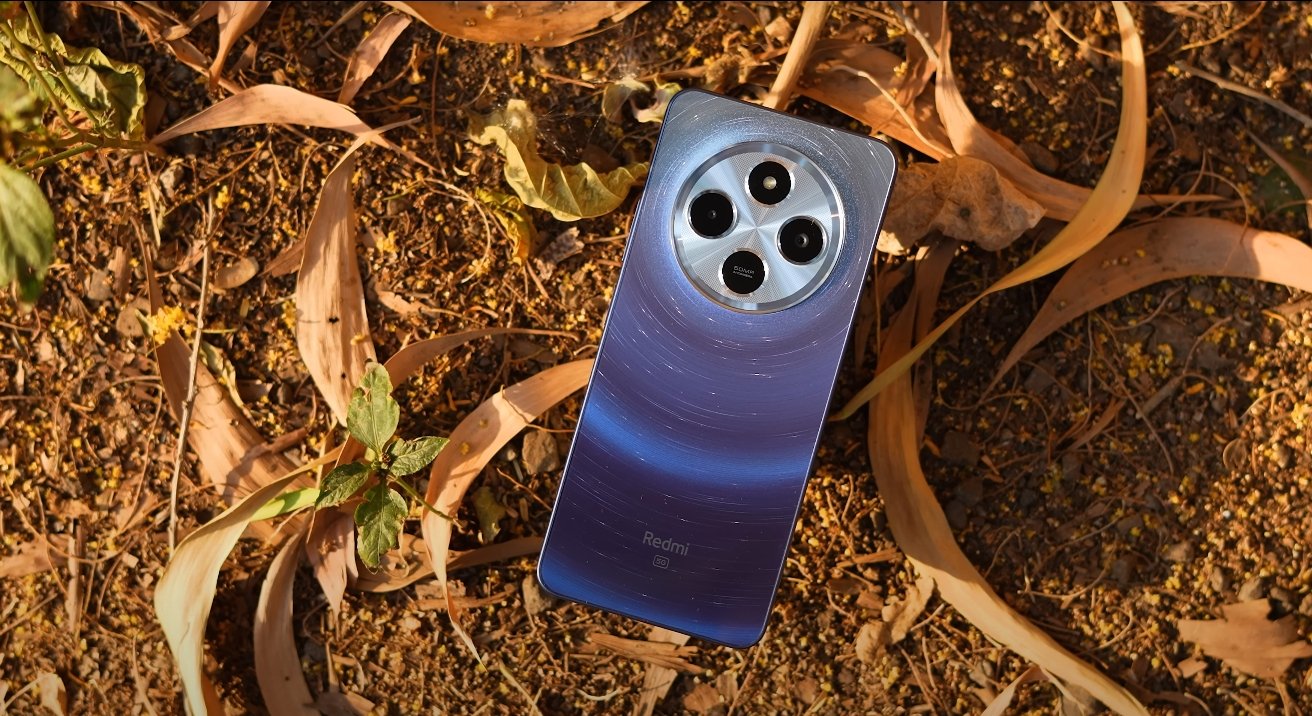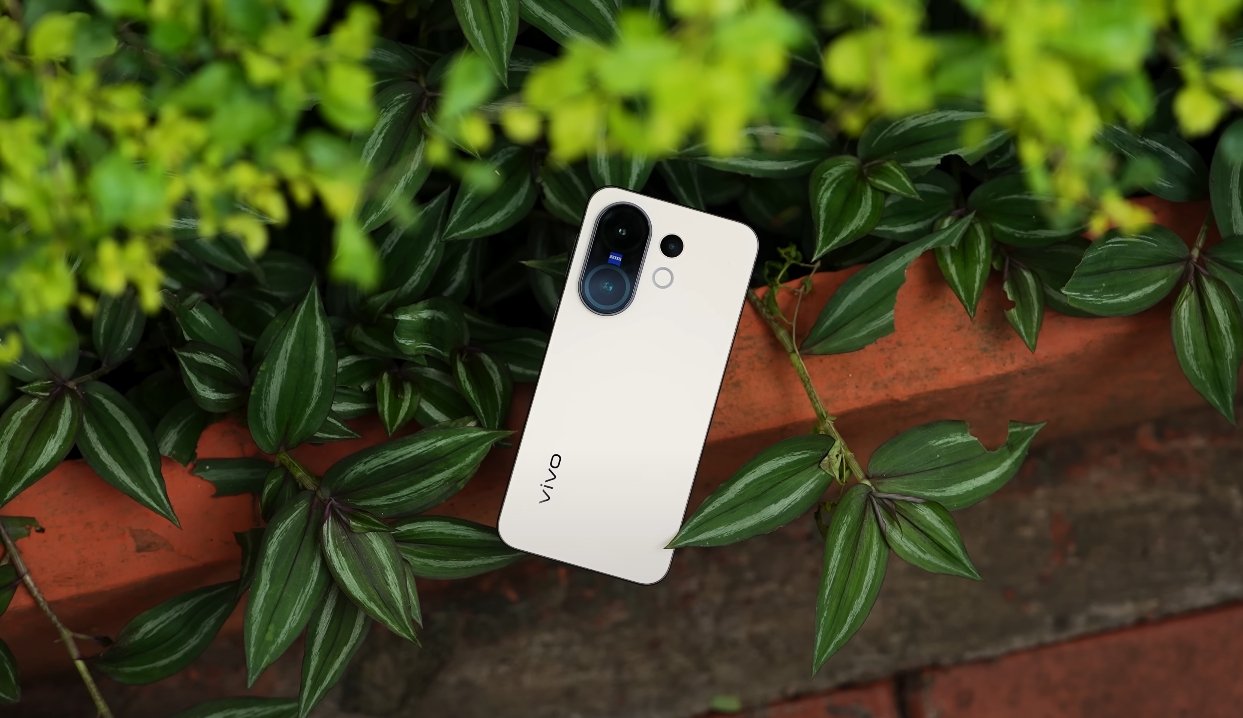Comparing Vivo X300 Pro and Oppo Reno 12 Pro: Which flagship should you choose?
In the crowded smartphone market, the Vivo X300 Pro and Oppo Reno 12 Pro stand out as two high-end devices with strong performance, advanced cameras, and premium designs. Both phones target users seeking flagship features, but they differ in several key areas that can influence purchasing decisions. Comparing their design, display, performance, camera systems, battery, and additional features helps prospective buyers understand which device aligns best with their needs.
Starting with design and display, the Vivo X300 Pro features a 6.78-inch LTPO AMOLED panel with a resolution of 1260 x 2800 pixels, a 120Hz refresh rate, and HDR10+ support. Its sleek design is complemented by IP68/IP69 dust and water resistance, giving it durability for everyday use. In contrast, the Oppo Reno 12 Pro comes with a slightly smaller 6.7-inch AMOLED display with a 2412 x 1080 pixel resolution and 120Hz refresh rate. Its curved screen enhances the immersive experience, while Gorilla Glass Victus 2 adds protection. Although both devices are premium in feel, the Vivo offers a slightly larger and more robust display experience.
Performance is another critical area of difference. The Vivo X300 Pro is powered by the MediaTek Dimensity 9500 chipset, paired with 12GB of LPDDR5X RAM and 256GB of UFS 3.1 storage. This combination ensures smooth multitasking, high gaming performance, and efficient processing for demanding apps. On the other hand, the Oppo Reno 12 Pro runs on the MediaTek Dimensity 7300-Energy processor with 12GB of LPDDR4X RAM and storage options of 256GB or 512GB. While it provides competent daily performance, it does not match the raw processing power and speed of the Vivo X300 Pro, particularly in gaming or intensive applications.
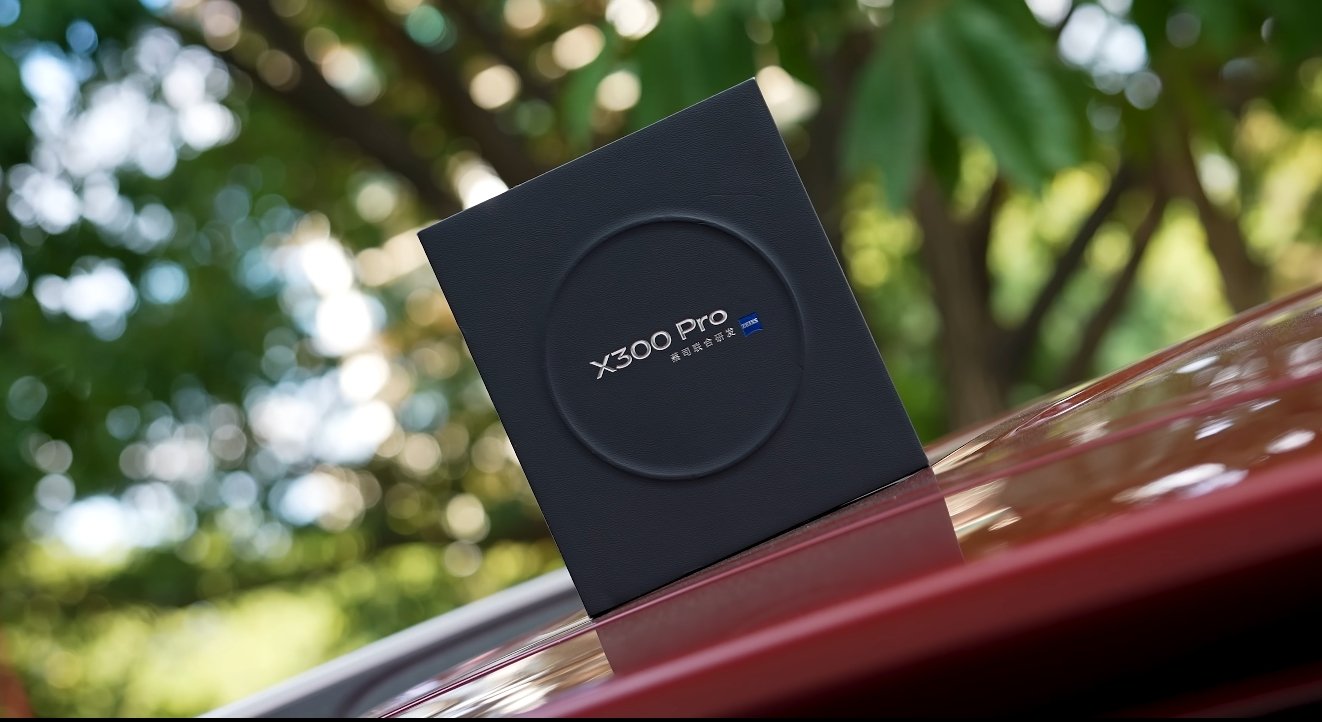
Camera capabilities are where the Vivo X300 Pro truly shines. It features a triple rear camera setup: a 50MP Sony Lytia LYT-828 main sensor, a 50MP ultra-wide lens, and a 200MP periscope telephoto lens co-developed with Samsung. This system supports advanced zoom, low-light photography, and 8K video recording, making it suitable for professional-level photography. The Oppo Reno 12 Pro also offers a triple camera setup with a 50MP main sensor, 50MP ultra-wide, and 50MP telephoto lens. While it is capable and produces excellent results, it lacks the extreme zoom capabilities and ultra-high-resolution telephoto performance of the Vivo X300 Pro, making the Vivo a better choice for photography enthusiasts.
Battery and charging are also areas where the two devices differ. The Vivo X300 Pro houses a 6,510mAh battery with 90W wired charging and 40W wireless charging, allowing for rapid refueling and extended usage. The Oppo Reno 12 Pro, by comparison, has a 5,000mAh battery with 80W fast charging. While both offer impressive fast charging, the Vivo’s larger capacity and wireless charging support provide more flexibility for users who rely heavily on their devices throughout the day.
Additional features further distinguish the devices. The Vivo X300 Pro supports IP68/IP69 water and dust resistance, providing confidence for outdoor or rugged use. Its advanced camera accessories and high-end build make it appealing for users who prioritize photography and multimedia. The Oppo Reno 12 Pro emphasizes sleek design with a curved display, delivering an immersive viewing experience and elegance, though it may not offer the same level of durability or camera versatility as the Vivo.
In terms of software, the Vivo X300 Pro runs Android 16 with OriginOS 6, delivering smooth performance, multitasking efficiency, and a polished user interface. The Oppo Reno 12 Pro operates on Android 14 with ColorOS 14.1, offering a rich feature set and customization options but slightly behind in overall system optimization compared to the Vivo.
Ultimately, the choice between the Vivo X300 Pro and Oppo Reno 12 Pro depends on user priorities. For those seeking the best performance, superior camera capabilities, larger battery, and flagship-grade features, the Vivo X300 Pro is the clear winner. It is particularly suited for users who enjoy photography, multimedia, and high-intensity mobile tasks. On the other hand, the Oppo Reno 12 Pro appeals to those who value elegant design, smooth performance, and a capable camera system at a potentially lower price point.
In conclusion, both devices offer strong features and premium experiences, but they target slightly different audiences. The Vivo X300 Pro leads in performance, camera versatility, and battery endurance, making it ideal for power users and photography enthusiasts. The Oppo Reno 12 Pro, with its stylish design and competent performance, is better suited for users who prioritize aesthetics and balanced functionality. Evaluating these differences helps consumers make an informed decision based on personal needs, ensuring satisfaction with their flagship smartphone choice.
